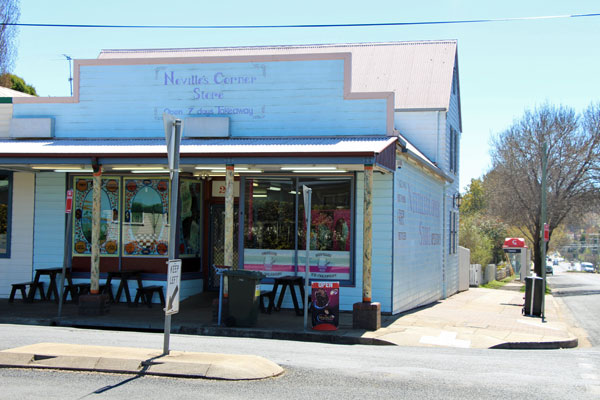
There’s an interesting piece in today’s Australian regarding the northern New South Wales city of Armidale and its special relationship to the NBN, talking it up as a “regional fibre island”. Hurrah for Armidale, say I, except that it highlights, rather starkly, the problems with building a split NBN.
Disclaimer: Lest anyone discount my thoughts on the grounds of being one of those terribly city slicker types, I should point out that I was born in Armidale Hospital.
I went to primary school in Armidale, attended two of its public high schools (don’t ask), and got my degree (and met my wife, mother of my children and love of my life (all the same person) at the University of New England. It’s only in the last year that I’ve lived anywhere near as long as I’ve lived in Armidale. I’ve still got friends there, and I’ve followed the rollout of the NBN in Armidale with keen interest as a result.
Anyway, Chris Griffith’s piece in The Australian talks up how the city is setting forth to leverage its fibre advantage no matter who wins the upcoming election; being a Murdoch paper there’s a slight slant towards a Coalition victory, but leaving that aside, what the piece really highlights for me is how the split between the have and have-nots under a hybrid FTTP/FTTN will limit what can and can’t be done with the NBN based on geography and in some cases luck.
I don’t — and won’t — discount Armidale pressing its advantage as a first mover, given it’s had to suffer through most of the design phases of the existing NBN, and that has included things that have gone wrong. That’s implementation, though, rather than underlying technology, and besides which, people I know in Armidale may well come after me with pointy things if I said anything else.

Jokes aside, though, there’s a big difference in taking advantage of the fact that you’re an early adopter — which in essence the entire city is, by dint of being the first mainland site for fibre-based NBN rollouts — and in taking advantage of a situation where others will have lesser quality infrastructure. This gets back to a point that I made yesterday in relation to Malcolm Turnbull’s comments on upload speeds; he seems to think that the consumer interest is just in watching video at home, where downloads are king.
But for businesses — both small and large — upload speeds can play a vital part in the overall agility of your business. That’s fine if you’re in a business park, it seems, because the Coalition FTTP vision calls for fibre to those places. But if you’re in a residential area, you’re stuck with copper and its variability, as well as the variability of wherever a node happens to be placed. Be at the long end of a node run, and you’re looking at much worse speeds, the same way that you are with current ADSL technologies.

Armidale, in effect, gets to be a nice big business park all over the town, whether you’re up near the University of New England, or out on the east side of town near the industrial estate. Under a hybrid system, though, very few towns and cities — or suburbs — will get that kind of advantage.
Source: The Australian